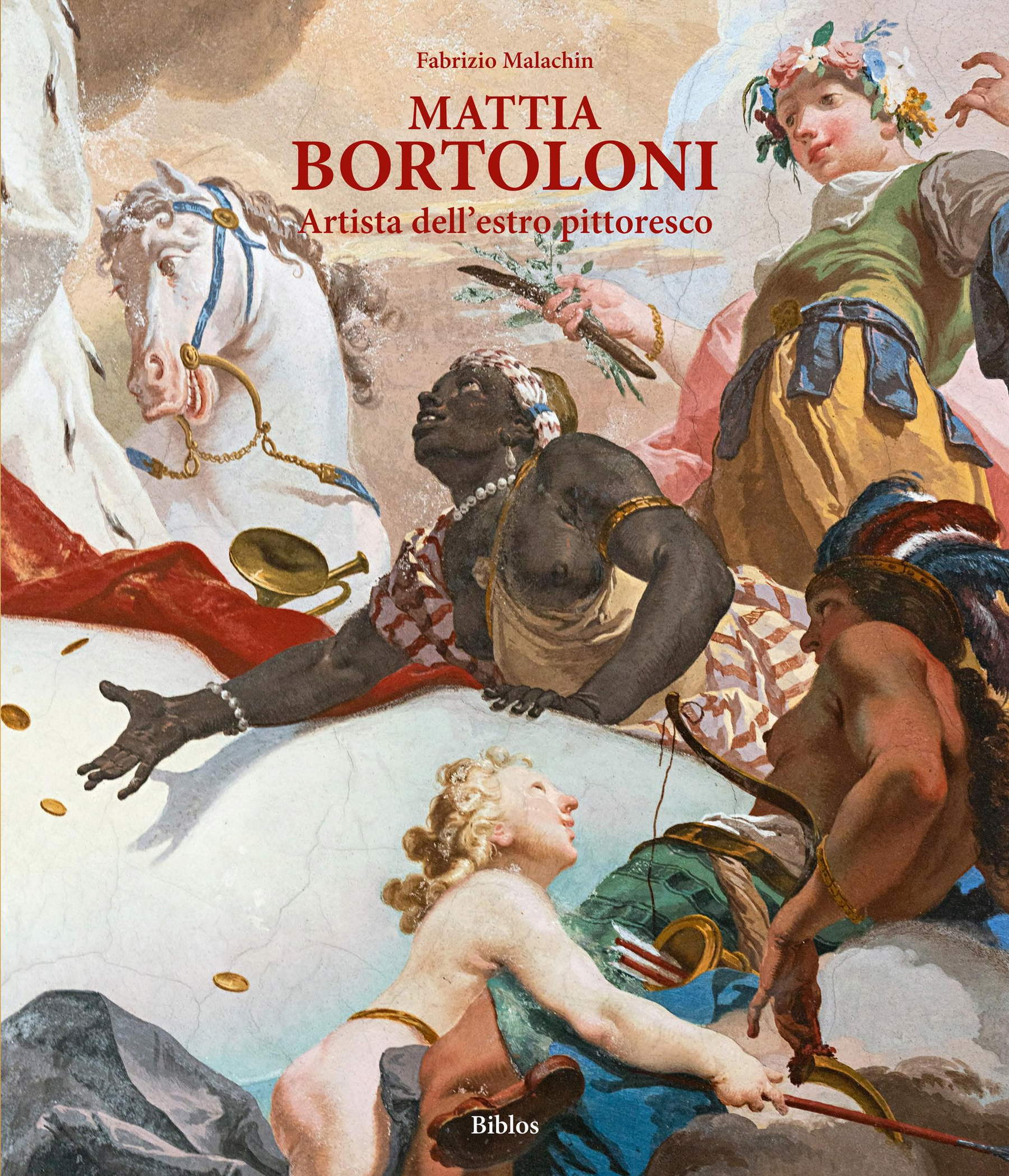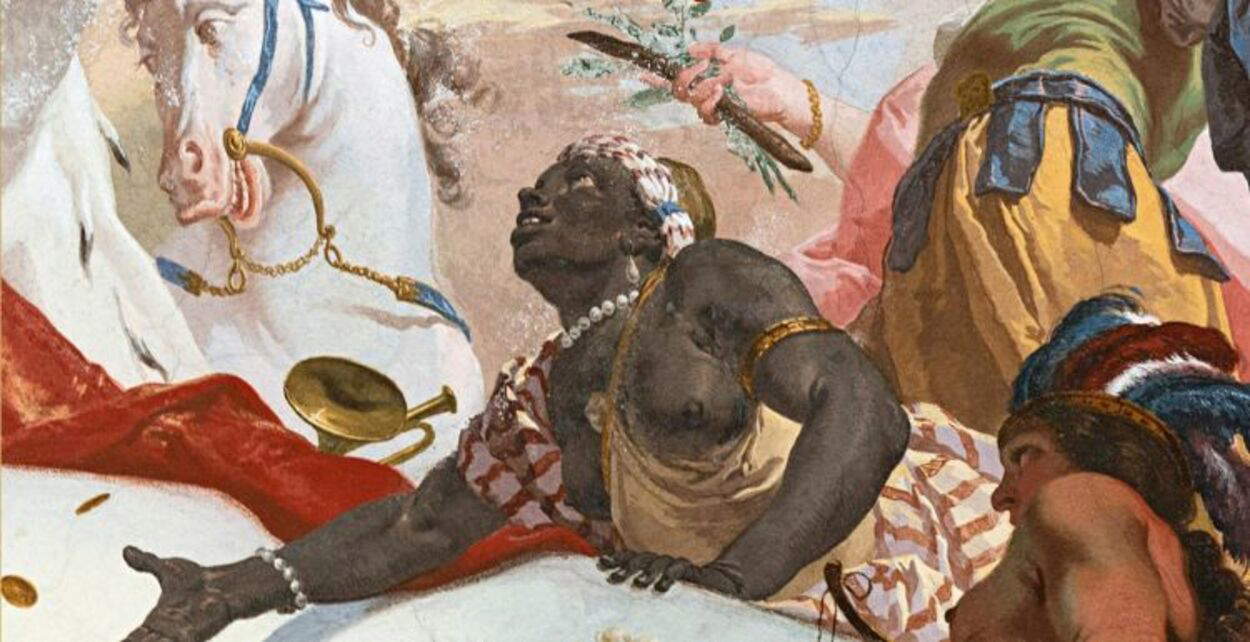The presentation of the monograph Mattia Bortoloni. Artist of Picturesque Flair, curated by Fabrizio Malachin, director of the Musei Civici Trevigiani and expert oneighteenth-century Veneto art. The initiative is part of the program of the exhibition Cristina Roccati. The woman who dared to study physics, underway in the same exhibition spaces.
On the occasion of the presentation, L’elemosina di San Tommaso da Villanova, a painting by Mattia Bortoloni (San Bellino, 1696 - Bergamo, 1750) belonging to the Pinacoteca dell’Accademia dei Concordi, will be on public display. The evening will be held under the patronage of the Accademia dei Concordi and will be attended, along with the author, by Dr. Alessia Vedova and the President of the Accademia dei Concordi, Professor Pier Luigi Bagatin. Admission will be free while places are available. Fabrizio Malachin’s volume represents the result of a twenty-five-year research work, during which the director of the Civic Museums of Treviso collected and systematized the entire known production of Mattia Bortoloni, thus producing the first complete monograph dedicated to the Polesine artist. It is a work that stands as a milestone in studies of eighteenth-century art for several reasons. The volume offers for the first time a comprehensive view of Bortoloni’s pictorial production, documented through 450 illustrations. It also includes scholarly entries dedicated to each certain work, including both pictorial cycles and individual works, with a total of 70 entries. The certain works are flanked by 15 cards for works lost or of unknown location and 20 cards for those of doubtful or rejected attribution. In addition to painting, the monograph collects for the first time Bortoloni’s entire graphic production, consisting of 24 drawings considered authentic and 18 rejected drawings. The work is complemented by a series of apparatuses that include historical documents, an updated bibliography and a series of analytical indexes related to names, places and subjects, which facilitate the consultation of the volume.
The book, published by Biblos Edizioni, opens with an introduction by Professor Giuseppe Pavanello. Within the text, the figure of Mattia Bortoloni is reconstructed in depth, highlighting the versatility of the artist, who distinguished himself as the author of sumptuous cycles of frescoes, but also as a painter of altarpieces, secular works and a skilled draughtsman. The publishing project was born as a natural development of the studies that emerged already in 2010, on the occasion of the exhibition dedicated to Bortoloni in Rovigo. The documents and apparatus collected by Malachin make it possible to trace the artist’s activity with greater precision, updating his chronology and deepening our knowledge of his style and patrons.

“The 18th century,” says Alessia Vedova, head of the artistic heritage and exhibition event office of the Fondazione Cassa di Risparmio di Padova e Rovigo, curator of the major exhibition on Bortoloni staged in Palazzo Roverella in 2010, “is the golden century of the arts in Rovigo: it is the century of the rebirth of the Accademia (famous are the portraits of Tiepolo, Nogari, Piazzetta, Longhi and so on), and if Cristina Roccati expresses the level of attention to the sciences in Rovigo in the eighteenth century, Mattia Bortoloni represents the best of this land in the artistic field.”
“Outlandish and bizarre, politically incorrect,” says Malachin, author of the monograph. “Bortoloni is an artist still little known to the general public, yet highly sought after, capable of obtaining commissions of great prestige and producing record-breaking works. His is the largest decoration in the world with a unified theme in the majestic Mondovì dome, but his masterpieces can be found in numerous villas and palaces, churches and collections from the Veneto to papal Emilia, from Austrian Lombardy to Savoyard Piedmont. An international artist. One could even imagine that Venice tried to enjoy his activity, offered to the most politically influential families, think of the various Clerici, Visconti, Casnedi and so on, as the work of an ambassador-a cultural ambassador. The Republic was, moreover, living an enormous paradox in the 18th century: recognized for its beauty, the splendor of its architecture and villas, the undisputed fame of its men of culture (some of whom, moreover, were driven into exile: Goldoni, Vivaldi, Tiepolo, Casanova, Bellotto, Crosato, Bortoloni...), but torn by the delays and anxieties of a state incapable of reforming itself. Bortoloni, in the service of powerful people also linked to Freemasonry, as is evident by examining some of the fresco cycles, could well play the role of cultural ambassador of the Serenissima. The monograph reveals a fruitful painter, an artist different in nature and sensibility, an entirely autonomous and original genius. The most tasty, pleasant and surprising frescante of the 18th century, not forgetting Crosato and Tiepolo. A trident of fresco champions, a pictorial international with a common parlance.”
 |
| In Rovigo the presentation of the monograph on Mattia Bortoloni by Fabrizio Malachin |
Warning: the translation into English of the original Italian article was created using automatic tools. We undertake to review all articles, but we do not guarantee the total absence of inaccuracies in the translation due to the program. You can find the original by clicking on the ITA button. If you find any mistake,please contact us.